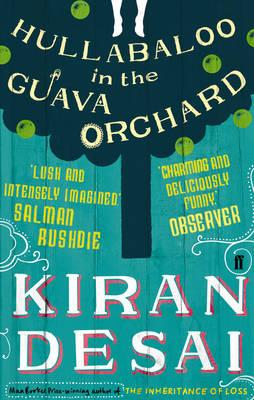Ever heard of companion planting? It’s where you place certain plants alongside specific other plants so that they grow better or discourage pests. Like, for instance, planting tomato alongside basil helps improve growth and flavor. Beets are helped by lettuce and onion, while broccoli companions are bush beans, cucumber, radish, and a ton more.
How does this have anything to do with travel? I think that travel can be enhanced in a very specific way, much like how basil helps tomato flourish. I didn’t always know about this travel companion, though. And only on my most recent trip to India did I discover it.
It used to be that before a trip, I would purchase the appropriate Lonely Planet guide, spend weeks or months researching and then reserving hostels, while planning my general route and having a firm understanding of what my trip would entail.
But these days? I wing it a bit more. I ditch the Lonely Planet altogether; spend minimal time researching and preparing; and mostly just show up and see where the culture and locals take me.
It was this way in India. I showed up with a rough idea of what I was to accomplish–a Hindu wedding followed by Ashtanga yoga studies–but I didn’t even reserve my spot in the ashram until 6 days before I showed up. Transportation plans I made once I understood the layout of the region I was in and had talked to enough locals to know which option would be the cheapest AND safest.
There are some travelers who think this might be risky. Other types of travelers might think I planned too much.
But during this trip to India, I wanted to delve deeper. Maybe it’s because the country was so exotic for me–so different, so foreign, so opposite from the western world–that I felt I had to change my typical travel approach. The tools I use in Latin America or Europe worked in India, but I wanted something more.
India is a vast nation. With a population of over 1.2 billion people, there is an impossible amount of things to do and see. That doesn’t even cover cultural integration. Even Indians in different regions of the same country speak different languages, perhaps to the point where they cannot communicate with one another. As a traveler, this is both titillating and overwhelming. Where does one begin? How can we even penetrate this immense nation?
I turned to fiction. Books are my regular travel companion on any trip, but in this case, I turned to Indian fiction. I sought out books either written in or translated to English, and read them religiously throughout my trip.
This lent an unexpected dimension to my trip, turning it from something mostly-touristic into a subtly layered cultural experience with both internal and external musings. Tomato grown by itself is one thing–but tomato helped by basil nearby? It’s something extra. There I was, on the outside as always, looking in, but with Indian authors whispering inside my head, I was able to glean even more about what I was looking at, and what might be the undertones that I would otherwise miss.
I met and even stayed with locals and families I met through my friend’s wedding. Those were amazing experiences that lent an important perspective to my understanding of Indian culture.
But reading fiction, and even some non-fiction titles, written by Indian authors, rounded out my experience in a surprising way. It even helped form language links, as I would see Hindi expressions in the books and realize I had been hearing this all around me. I read about cultural cues and began to understand more about the way people interacted around me at the markets. I read about the struggles of a teenager growing up in New Delhi, and could share his frustration as someone who went through my own adolescence, but could also relate to the insane clamor and bustle of the capital. Reading about family relations and wedding preparations made me laugh even harder, because I had literally just lived through and witnessed most of the hilarious family interactions the authors wrote about.
India came to life in a personal way through reading about it while I was there. Surrounded by India, practically choking on it at times when in places like Agra or New Delhi, fiction helped me integrate the sights and sounds, while feeling out the culture in a way that simply peering in from the outside doesn’t always allow.
The next time you go someplace foreign, consider national fiction as a travel companion. It might illuminate the new land with an unexpected vibrancy, turning your regular tomatoes into the juiciest version possible.

